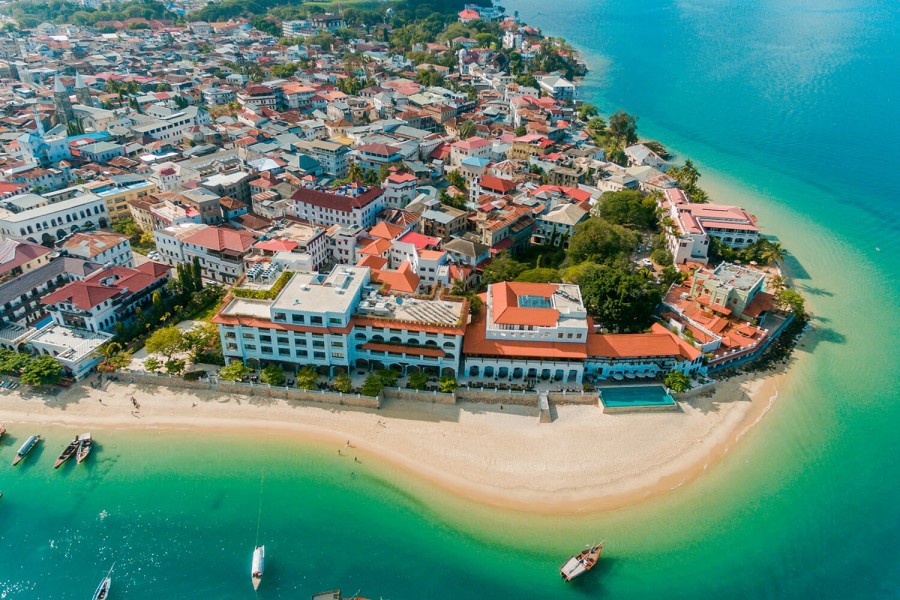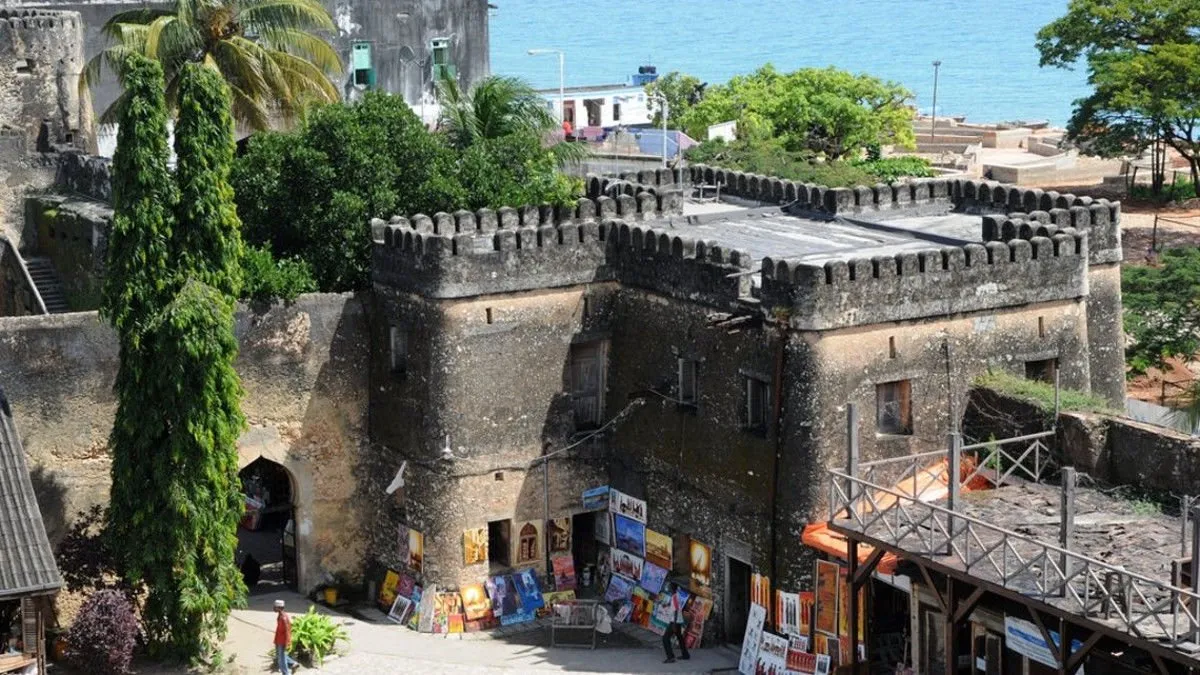Zanzibar Stone Town Tour
Overview
If you are planning a trip to Zanzibar, a tour of Stone Town should be high on your itinerary. Stone Town, the old part of Zanzibar City, is a UNESCO World Heritage Site and the cultural heart of the island. This historic town is a living museum, filled with winding alleys, bustling bazaars, grand Arab houses, and fascinating sites—each telling its own story of Zanzibar’s rich history. Taking a guided Stone Town tour is the perfect way to immerse yourself in the island’s unique blend of Arab, Persian, Indian, and European influences.
Stone Town is not just about its buildings; it is an experience for all the senses. The aroma of spices, the calls to prayer echoing from mosques, the colorful textiles in roadside markets, and the friendly locals all combine to make it a truly unforgettable destination.
Whether you’re a history buff, a culture enthusiast, a photographer, or simply a curious traveler, a Stone Town tour offers something for everyone. Below, we go into detail about what you can expect from your Stone Town adventure.

What to Expect on a Zanzibar Stone Town Tour
1. Guided Walk Through Narrow Alleys
Your Stone Town tour will most likely begin with a meet-up with your guide at your accommodation or a central location in the city. Stone Town is best explored on foot because of its labyrinthine network of narrow streets, some barely wide enough for two people to walk side by side. Your knowledgeable local guide will lead you through these maze-like alleys, sharing stories and historical insights at every turn.
As you stroll, you’ll marvel at the town’s architecture—a blend of Swahili, Arabic, European, and Indian styles. The intricately carved wooden doors with brass studs are a particular highlight, each one reflecting the home’s former owner’s status and history.
2. Historical Landmarks and Museums
Stone Town is packed with historical sites, and your tour will cover the most important ones:
- House of Wonders (Beit-al-Ajaib): This is the tallest and grandest building in Stone Town, once a palace for Sultan Barghash and now a museum showcasing Zanzibar’s history and culture.
- The Old Fort (Ngome Kongwe): Built in the 17th century by Omani Arabs, this fortress now houses a cultural center, shops, and an open-air theatre.
- Sultan’s Palace (Beit al-Sahel): Located on the seafront, this palace has been transformed into a museum tracing the lives of Zanzibar’s sultans.
- Old Dispensary (Aga Khan Cultural Centre): Famous for its decorative balconies and stained glass windows, the Old Dispensary is a great example of Indo-Saracenic architecture. St. Joseph’s Roman Catholic Cathedral: Its striking spires add an unusual but fascinating touch to the Stone Town skyline.
- Anglican Cathedral & Slave Market Site: A poignant stop, this church stands on the site of the former slave market, which played a significant role in Zanzibar’s history. Learn about the grim period of the slave trade and see the small chambers where slaves were held before being sold.
3. Local Markets and Shopping
No Stone Town tour is complete without a visit to the lively Darajani Market, the main bazaar where locals come to buy their daily supplies. Here, you’ll see an incredible array of fresh fish, spices, tropical fruits, and vegetables. The vibrant atmosphere provides an excellent opportunity to observe everyday life in Zanzibar.
You’ll also have the chance to visit souvenir shops and local boutiques. Whether it’s Zanzibar’s famous spices, intricate textiles, handmade jewelry, or unique wooden carvings, you’re sure to find a memorable keepsake to take home.
4. Cultural and Culinary Experiences
Zanzibar is known as the “Spice Island,” and your guide may introduce you to some of the island’s aromatic treasures as you wind through the streets. You’ll likely visit the place where Freddy Mercury, the legendary Queen frontman, was born, and learn about his early life in Zanzibar.
Depending on your interests and the length of your tour, you may also have the chance to sample local street food or visit a traditional restaurant. Taste mouthwatering dishes such as “Zanzibar pizza” (a unique stuffed pastry), spiced teas, or freshly grilled seafood.
5. Interaction with Locals
Stone Town is alive with local people going about their daily routines. On your tour, you may have the chance to interact with Swahili residents, perhaps stopping for a chat with a shopkeeper or watching craftspeople at work. Zanzibaris are known for their friendliness and hospitality, and don’t hesitate to ask your guide questions about local customs and culture.
6. Flexible and Customizable Tours
Many Stone Town tours are private and can be customized according to your preferences. Whether you want a quick highlights tour or an in-depth historical exploration, your guide can tailor the experience to match your interests and needs. Some tours also combine Stone Town with other attractions, such as a spice plantation tour or a sunset dhow cruise.
Tips for Enjoying Your Stone Town Tour
- Wear Comfortable Shoes: The streets are often uneven and best navigated on foot.
- Dress Modestly: Stone Town is predominantly Muslim, so covering your shoulders and knees is recommended out of respect for local culture.
- Bring a Camera: The town’s unique architecture, bustling street scenes, and vibrant colors provide endless photo opportunities.
- Stay Hydrated: Zanzibar can get hot and humid, so be sure to carry drinking water.




